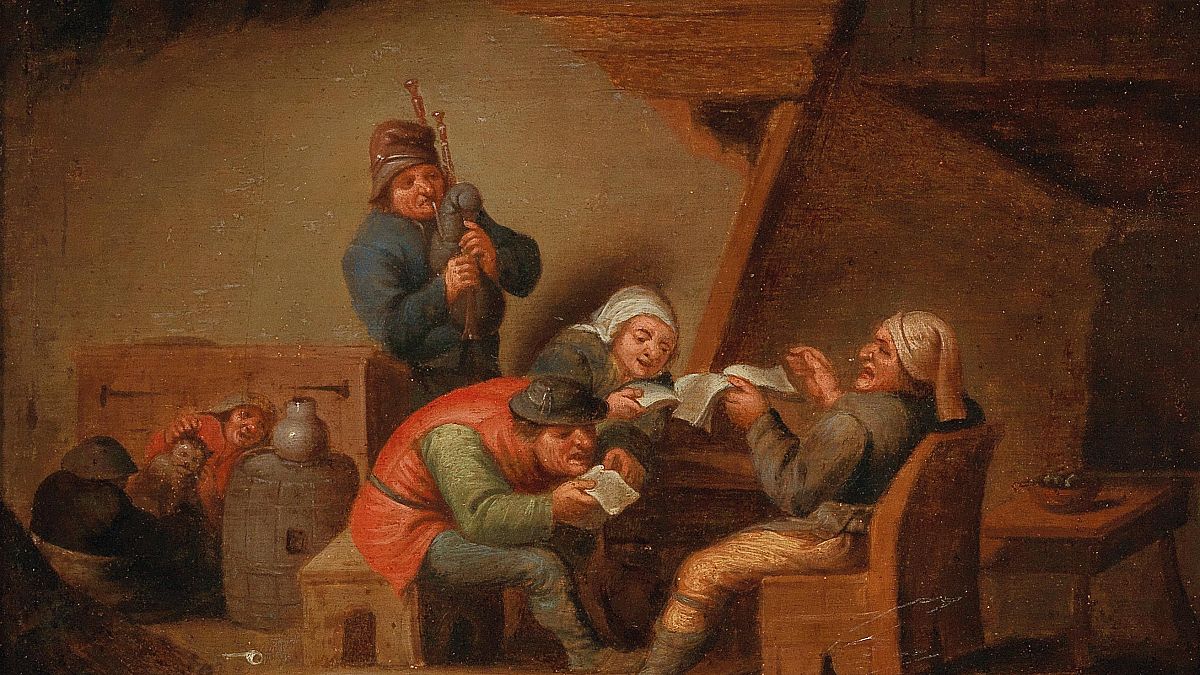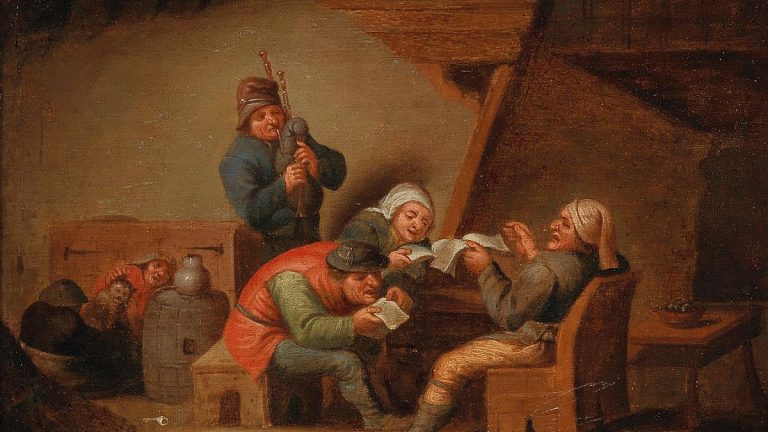The sale and distribution of popular songs was completely different in the 17th century, but there are still some elements that remain in today's music industry across the continent, writes Christian Moore,
Ballads were all the rage, and we're not talking about Stairway to Heaven.
These were songs sung directly from the mouths of storytellers: musicians who went from place to place putting the lyrics to music for the listening pleasure of the public.
The songs they played were often already known. But instead of coming up with the lyrics themselves, these touring artists may have just bought a fresh sheet of lyrics from a budding songwriter.
And thus the commercial music market as we know it was born.
That's according to a new British study called 100 Ballads, the work of Christopher Marsh, professor of history at Queen's University Belfast, and Angela McShane, honorary lecturer at the University of Warwick.
As part of the project, Marsh and McShane identified some of the most played songs of the 17th century, then invited contemporary musicians The Carnival Band to recreate them so that anyone interested could enjoy them for free on the project's website.
And while all of this may seem very bizarre, dating back to Shakespeare's time, when it comes to the music market, time doesn't heal all.
Songwriters of this period could expect their work to yield a standard fee of one cent per sheet, which remained constant over the course of a century despite inflation.
A look Spotify's current royalty model may suggest that these are still the rates in effect.
And Europe?
Interested in what the 17th century music scene was like beyond England's borders, Euronews Culture contacted the project's Christopher Marsh to find out what was happening across the Channel.
Although the scope of the 100 Ballads project is English, Marsh told us that “there is a lot of work underway which is demonstrating very similar models of publishing, selling and touring performance in France, Germany, Italy, the Netherlands, Norway and what now it is the Czech Republic.
Unfortunately, the picture we get of the music scene in these places may prove less complete than in England, simply because “the survival rate… is higher for English songs than for those printed elsewhere”.
This was because ballad scores were an inexpensive form of publication and, unlike in Europe, “the most distinctive thing about English ballads was that many of them were collected and preserved for posterity”.
Compare and contrast
Despite this, Marsh tells us that there is still a lot of overlap between the music that the English and other European markets were listening to at the time.
Often the songs themselves were broadcast through the channel even if the lyrics were not. One tune, “Fortune my Foe,” which Marsh said was “probably the best-known ballad tune in 17th-century England,” certainly made the trip.
Marsh says he was “used to sing literally hundreds of songs in the Netherlands, where he was known as “Englesche Fortuyn” and “Fortuyn Anglois”.
If you want to hear it for yourself, pop over to the 100 Ballads site and queue up ballad #1. 20: “A sweet sonnet, in which the Lover exclaims against / Fortune for the loss of her ladies' favor.”
And just as the English market exported its melodies to the continent, so too the continent sent its melodies to England. According to Marsh, “the melody known in England as “Rogero” derives from a piece of music known in Italy as the aria “Ruggiero”.
Likewise, what the English would have called the 'Spanish Pavan' “originated in Italy, after which it traveled first to Spain and then to England”.
To listen to them you will need ballads n. 10 and 99.
European news was set to music
For Marsh “it is clear that many European stories have been taken up by English authors and transformed into very successful songs”.
Sometimes these stories were based on real events, sometimes not.
Ballad no. 35 is about Faust's pact with the devil, which Marsh says was probably inspired by a 1587 German pamphlet.
He attributes ballad no. 29, about a black servant who kills his white employers, to the 'short stories' of the Italian friar Matteo Bandello, published in 1554.'
In terms of what Marsh calls the 'supposedly “true” stories about English travelers on the continent', ballads no. 6, 22 and 31 all provide whimsical accounts of Englishmen traveling across Europe.
But it wasn't just plagiarism and lies.
Marsh points out that “it is clear from the content and popularity of the more than 100 hit songs on the website that consumers of English ballads were deeply interested in stories and news from the continent.”
He cites two examples among many: “No. 56 celebrates the lifting of the Ottoman siege of Vienna in 1683; and No. 74 includes a song about a French maiden who was executed for her Protestantism in the mid-16th century.”
Maybe there's not much that a modern audience can relate to in those. But what about ballad no. 31 above, that still works.
Marsh says they are “two English travelers who toured Europe between 1660 and 1680.” Their journey is rather marred by being “despised everywhere because the English had executed their king in 1649.”
While the lyrics may change, and with them the music, the continent's antipathy towards English tourists and their political decisions will always remain a hit.





